Colour: Dark blue/silver grey with two-tone blue/grey leather interior Cylinders: 6; 4,887cc Gear: 4 + reverse (automatic) Produced: 1951-1959 (LWB) Production: 639 (LWB) ‘In a world of shattered monetary values and yet much-improved cars, the Rolls-Royce still stands alone. Perhaps the most striking general thought in considering this supreme machine today is that it has a name more universally honoured as a symbol of quality than that of any manufactured product.’ – The Autocar, 9th December 1949. Rolls-Royce’s first post-war model, the Silver Wraith debuted in late 1946 and employed a chassis similar to that of the Silver Dawn and MkVI Bentley, though with a 7” longer wheelbase at 10’ 7”. The ’Wraith however, was only intended for traditional coachbuilt bodies rather than the MkVI’s pioneering ‘standard steel’ bodywork. Powering Rolls-Royce’s post-war range was a new 4,257cc six-cylinder engine of cast-iron, monobloc construction with aluminium cylinder head featuring overhead inlet and side exhaust valves. Only the bore and stroke dimensions were shared with the pre-war overhead-valve Wraith engine, the major advantage of this ‘F-head’ layout being its large valves and generous water jacketing around the valve seats. A four-speed manual gearbox with synchromesh was standard initially, an automatic option (for export models only at first) not becoming available until 1952, at which time the engine was enlarged to 4,566cc and a long-wheelbase (11’ 1”) version introduced. Manufacture of the short-wheelbase ’Wraith ceased in 1952, with a total production of 1,144; the long-wheelbase version continued until the introduction of the Phantom V in 1959, by which time 639 chassis had been completed. The last word in motoring luxury in its day, this wonderful Silver Wraith was commissioned by flamboyant multi-millionaire, Nubar Gulbenkian. Armenian by birth, Nubar Gulbankian (1899-1972) was educated at Harrow and Cambridge. Heir to a Middle Eastern oil fortune and one of the most colourful socialites in austere post-WW2 Britain, this larger-than-life bon viveur was renowned for his extravagant lifestyle and penchant for witticisms, once famously declaring that his custom-built London taxicab, ‘could turn on a sixpence, whatever that is.’ In his younger days Gulbenkian favoured fast and expensive sports cars, only turning to Rolls-Royces in the post-war years, although his taste in coachwork was often bizarre. Built by Hooper & Co in 1947 and dubbed ‘Pantechnicon’, Gulbenkian’s first Silver Wraith looked more like a futuristic military vehicle than a Rolls-Royce and is surely one of the ugliest ever made. Quite what Hooper, carriage makers to Queen Victoria and King Edward VII and arguably the finest of all British coachbuilders, thought of the car can only be imagined. Rolls-Royce were not amused. Continuing to favour the Wraith chassis, Gulbenkian confined himself to dramatic variations on Hooper’s standard offerings, which included a four-door cabriolet and a sedanca de ville, the latter featuring full sage-green lizard-skin trim. Arguably the most dramatic of Gulbenkian’s Rolls-Royces though, is this car - left-hand drive chassis number ‘LELW74’ - which has four-door saloon coachwork, again by Hooper. Intended for use on the Côte d’Azur, this car is unique and has a transparent Perspex roof with an electrically operated fabric inner blind to keep the interior cool. The interior woodwork and dashboard are trimmed in leather, a hallmark of all Gulbenkian’s cars. It has a speedometer fitted in the rear passenger compartment, while Gulbenkian also specified air conditioning, electric windows and a television set, although the latter is long gone. After Gulbenkian sold the car it appeared in the 1964 motion picture, Les Félins (released in the USA as Joy House and the UK as The Love Cage) which starred Jane Fonda and Alain Delon. The car was sold again in 1968, on this occasion to René Gourdon, owner of La Belle Étoile dance hall in Ni
Colour: Dark blue/silver grey with two-tone blue/grey leather interior Cylinders: 6; 4,887cc Gear: 4 + reverse (automatic) Produced: 1951-1959 (LWB) Production: 639 (LWB) ‘In a world of shattered monetary values and yet much-improved cars, the Rolls-Royce still stands alone. Perhaps the most striking general thought in considering this supreme machine today is that it has a name more universally honoured as a symbol of quality than that of any manufactured product.’ – The Autocar, 9th December 1949. Rolls-Royce’s first post-war model, the Silver Wraith debuted in late 1946 and employed a chassis similar to that of the Silver Dawn and MkVI Bentley, though with a 7” longer wheelbase at 10’ 7”. The ’Wraith however, was only intended for traditional coachbuilt bodies rather than the MkVI’s pioneering ‘standard steel’ bodywork. Powering Rolls-Royce’s post-war range was a new 4,257cc six-cylinder engine of cast-iron, monobloc construction with aluminium cylinder head featuring overhead inlet and side exhaust valves. Only the bore and stroke dimensions were shared with the pre-war overhead-valve Wraith engine, the major advantage of this ‘F-head’ layout being its large valves and generous water jacketing around the valve seats. A four-speed manual gearbox with synchromesh was standard initially, an automatic option (for export models only at first) not becoming available until 1952, at which time the engine was enlarged to 4,566cc and a long-wheelbase (11’ 1”) version introduced. Manufacture of the short-wheelbase ’Wraith ceased in 1952, with a total production of 1,144; the long-wheelbase version continued until the introduction of the Phantom V in 1959, by which time 639 chassis had been completed. The last word in motoring luxury in its day, this wonderful Silver Wraith was commissioned by flamboyant multi-millionaire, Nubar Gulbenkian. Armenian by birth, Nubar Gulbankian (1899-1972) was educated at Harrow and Cambridge. Heir to a Middle Eastern oil fortune and one of the most colourful socialites in austere post-WW2 Britain, this larger-than-life bon viveur was renowned for his extravagant lifestyle and penchant for witticisms, once famously declaring that his custom-built London taxicab, ‘could turn on a sixpence, whatever that is.’ In his younger days Gulbenkian favoured fast and expensive sports cars, only turning to Rolls-Royces in the post-war years, although his taste in coachwork was often bizarre. Built by Hooper & Co in 1947 and dubbed ‘Pantechnicon’, Gulbenkian’s first Silver Wraith looked more like a futuristic military vehicle than a Rolls-Royce and is surely one of the ugliest ever made. Quite what Hooper, carriage makers to Queen Victoria and King Edward VII and arguably the finest of all British coachbuilders, thought of the car can only be imagined. Rolls-Royce were not amused. Continuing to favour the Wraith chassis, Gulbenkian confined himself to dramatic variations on Hooper’s standard offerings, which included a four-door cabriolet and a sedanca de ville, the latter featuring full sage-green lizard-skin trim. Arguably the most dramatic of Gulbenkian’s Rolls-Royces though, is this car - left-hand drive chassis number ‘LELW74’ - which has four-door saloon coachwork, again by Hooper. Intended for use on the Côte d’Azur, this car is unique and has a transparent Perspex roof with an electrically operated fabric inner blind to keep the interior cool. The interior woodwork and dashboard are trimmed in leather, a hallmark of all Gulbenkian’s cars. It has a speedometer fitted in the rear passenger compartment, while Gulbenkian also specified air conditioning, electric windows and a television set, although the latter is long gone. After Gulbenkian sold the car it appeared in the 1964 motion picture, Les Félins (released in the USA as Joy House and the UK as The Love Cage) which starred Jane Fonda and Alain Delon. The car was sold again in 1968, on this occasion to René Gourdon, owner of La Belle Étoile dance hall in Ni
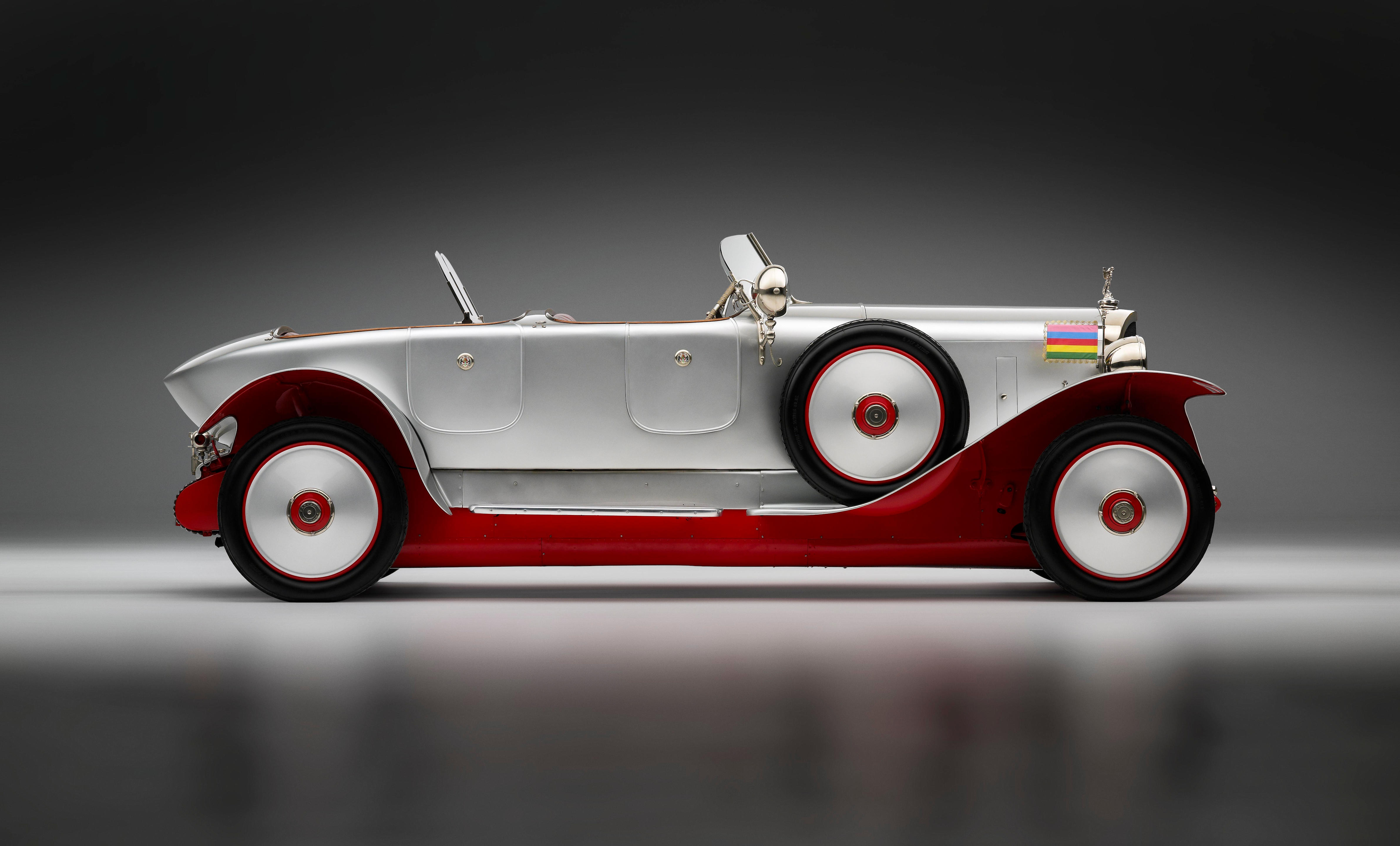
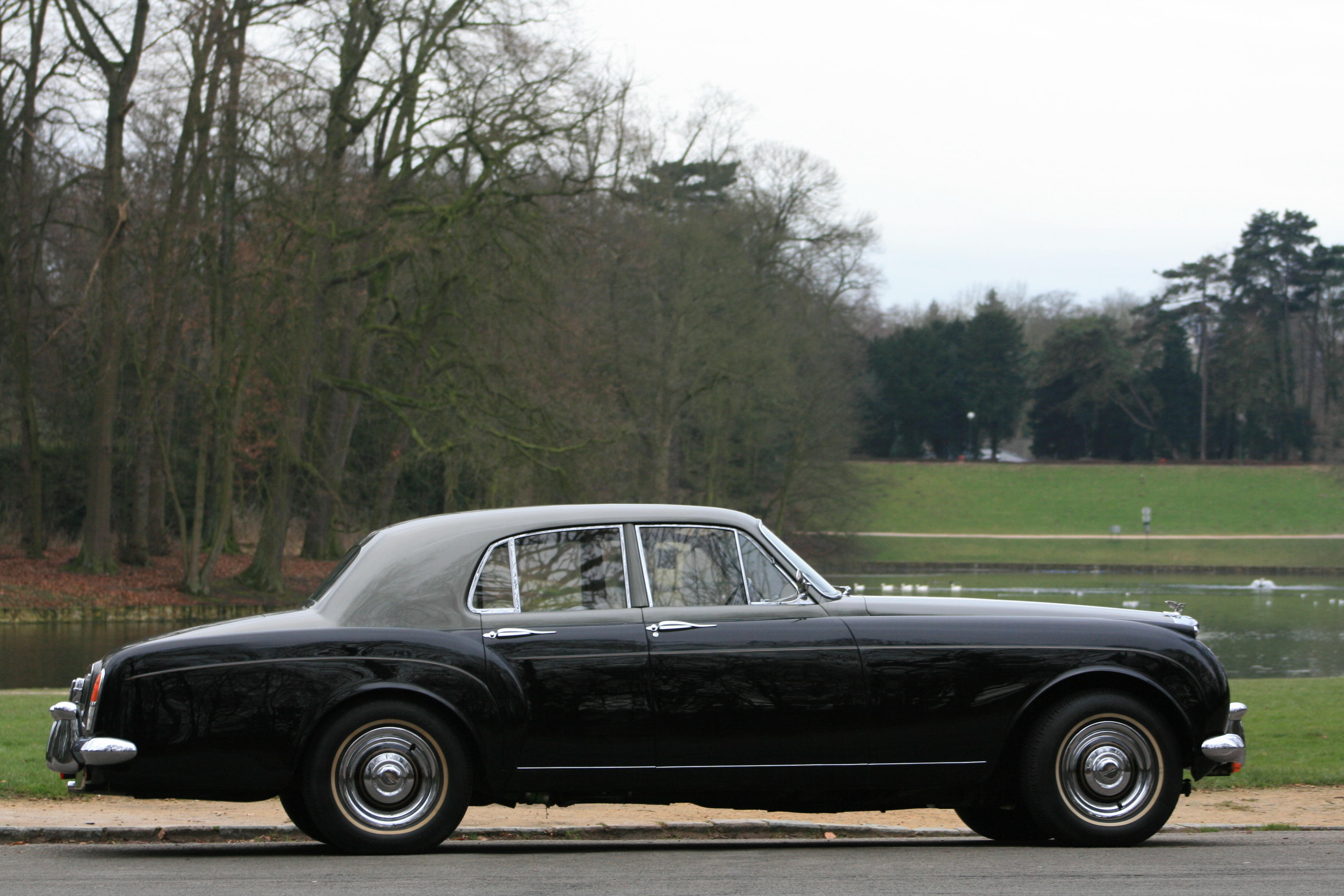

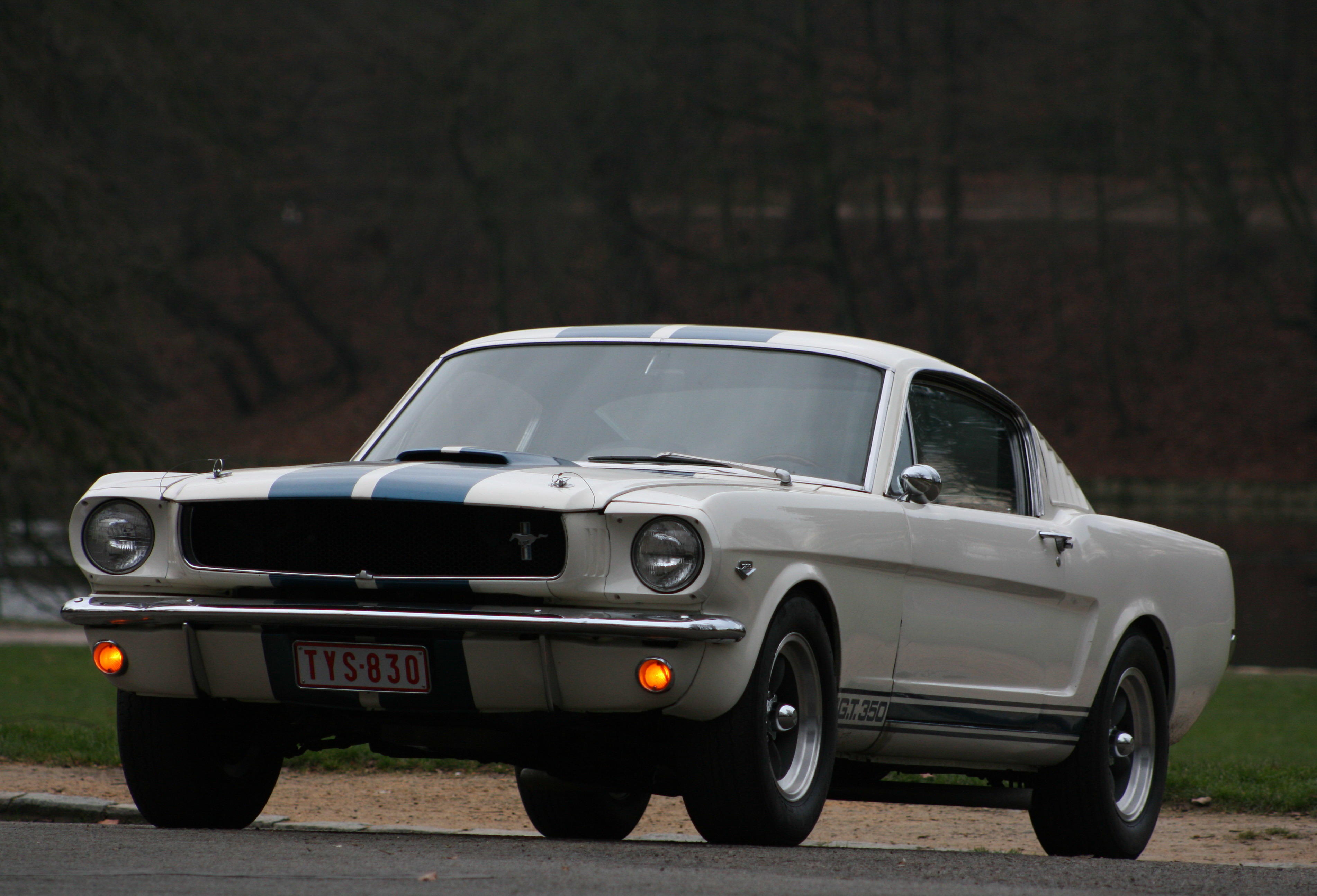
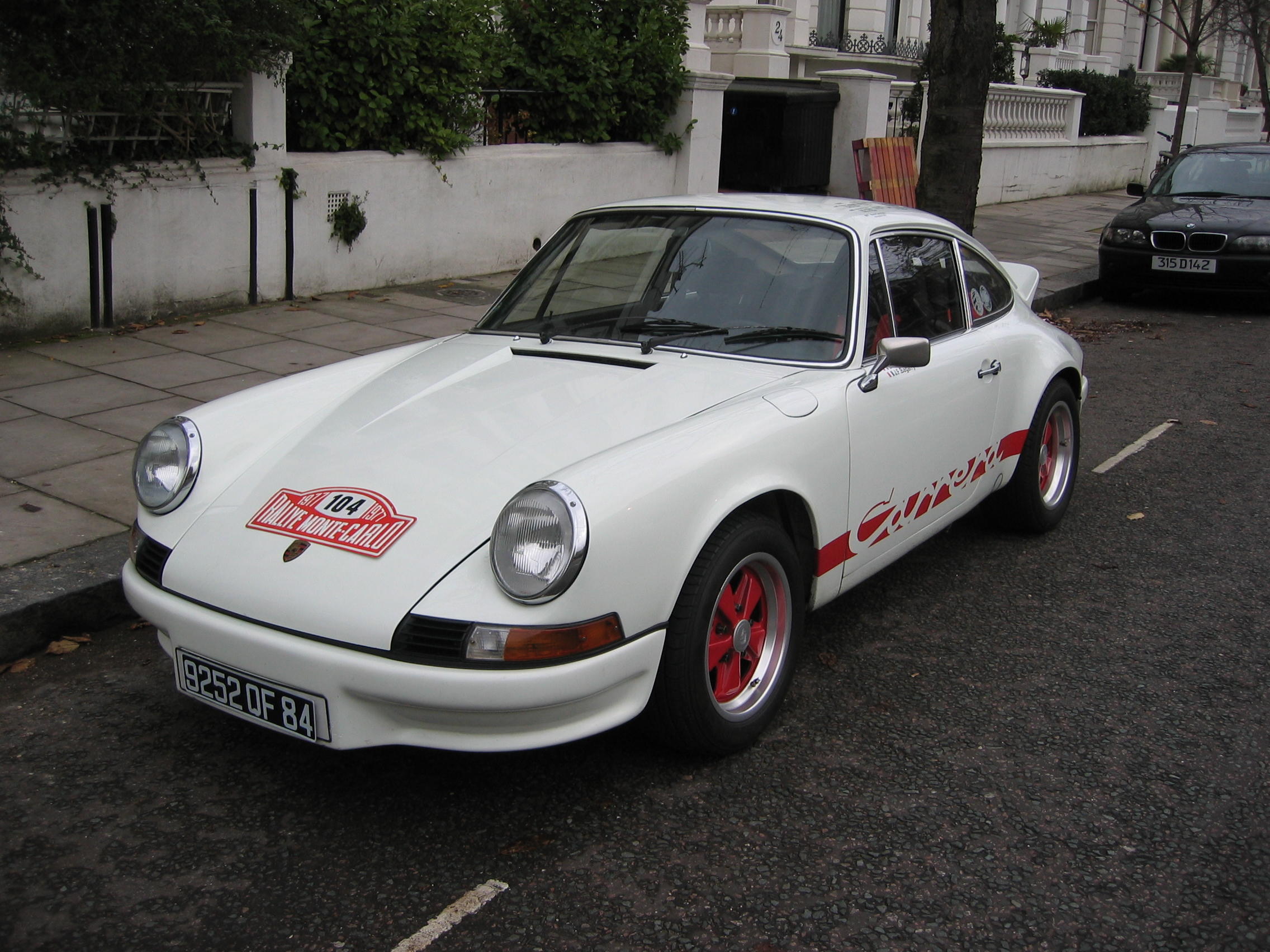
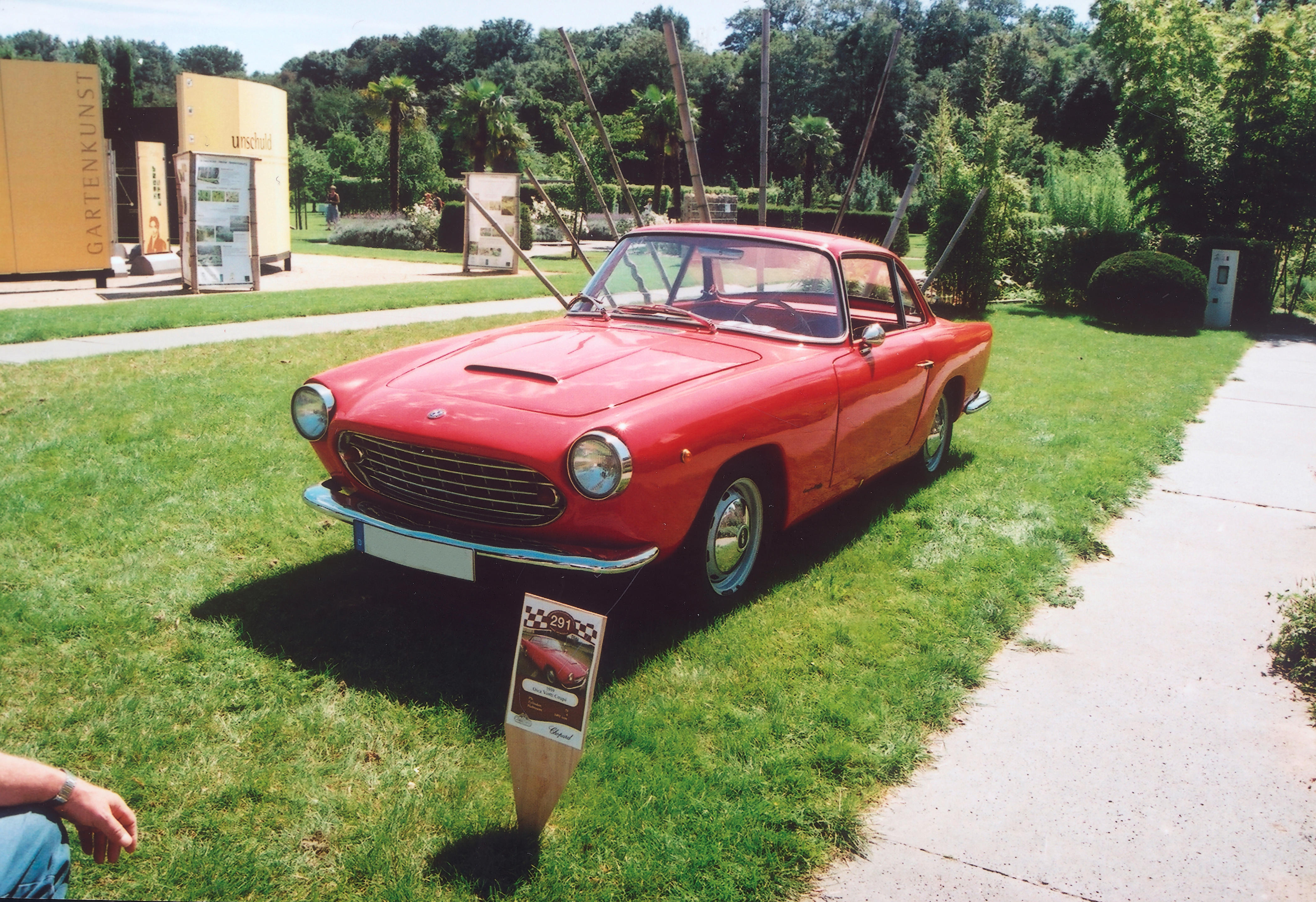
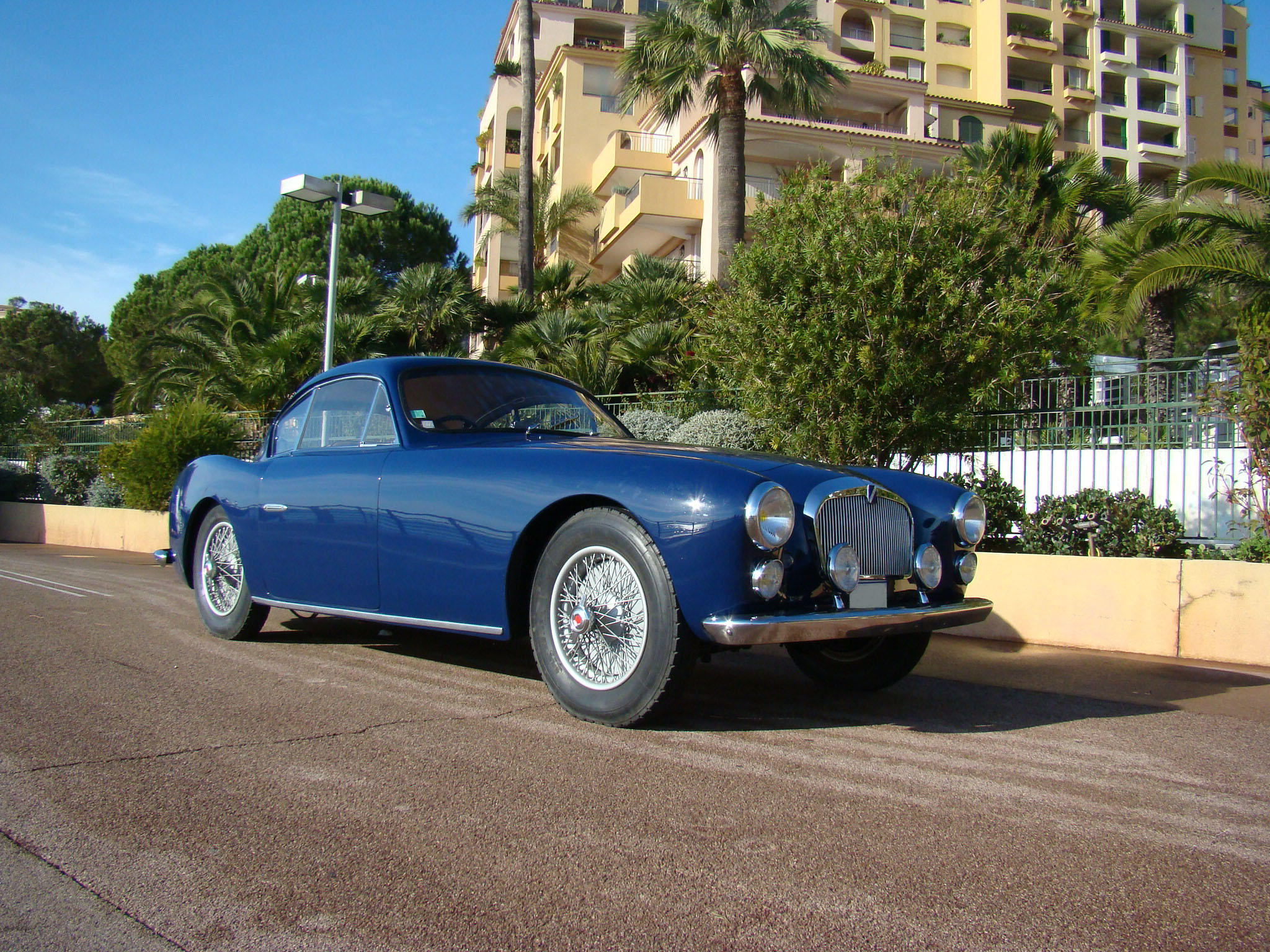
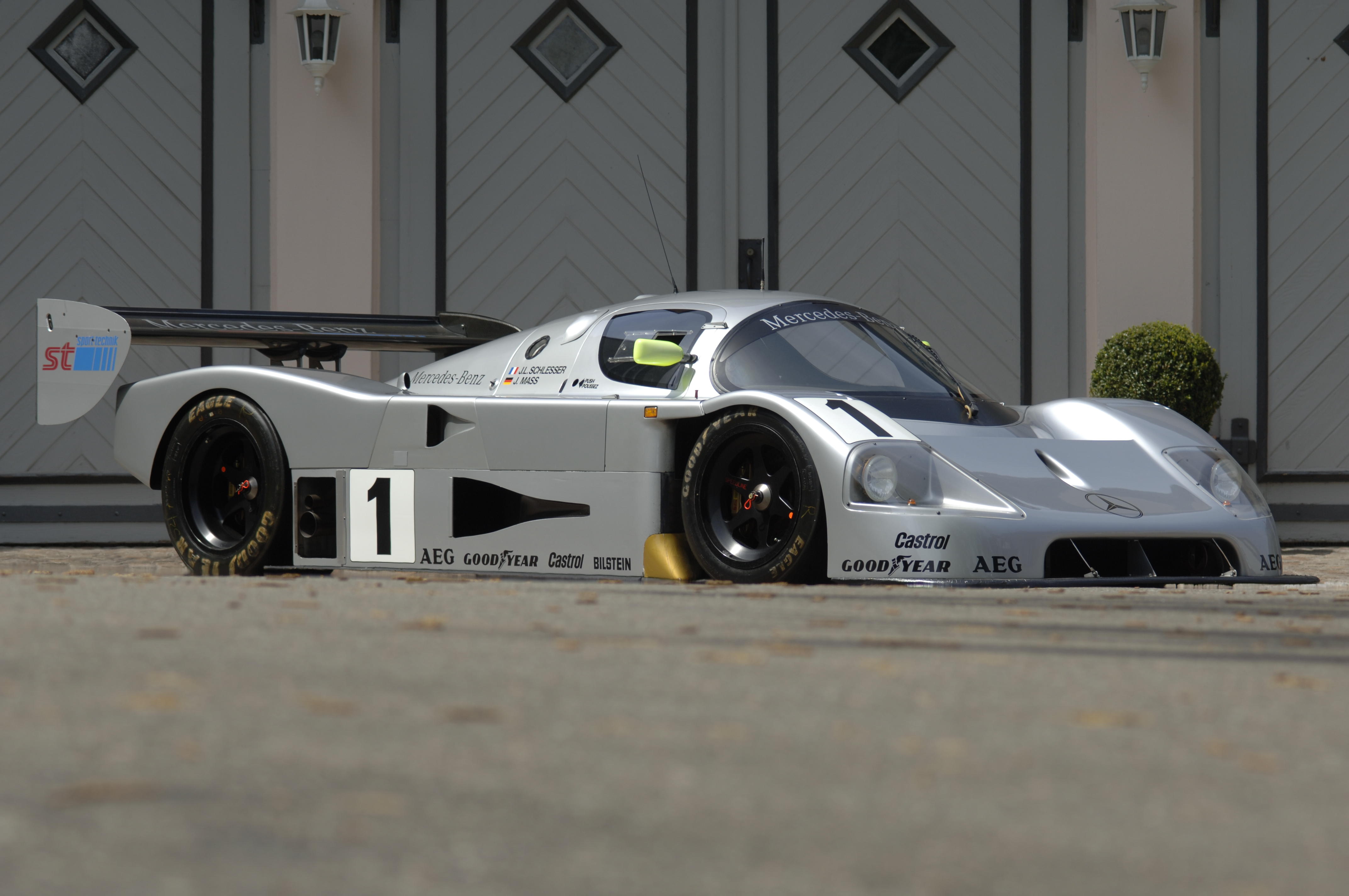
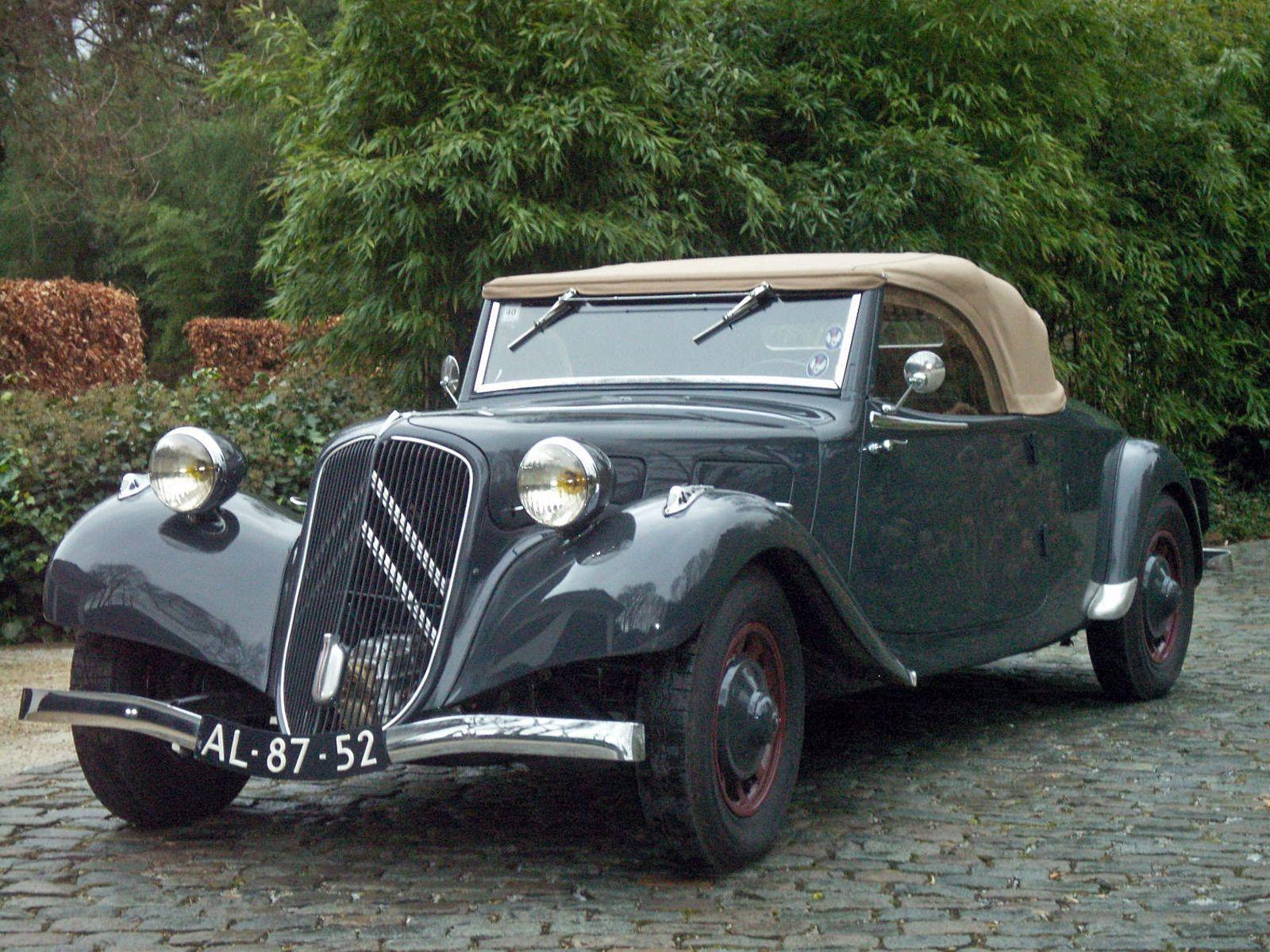
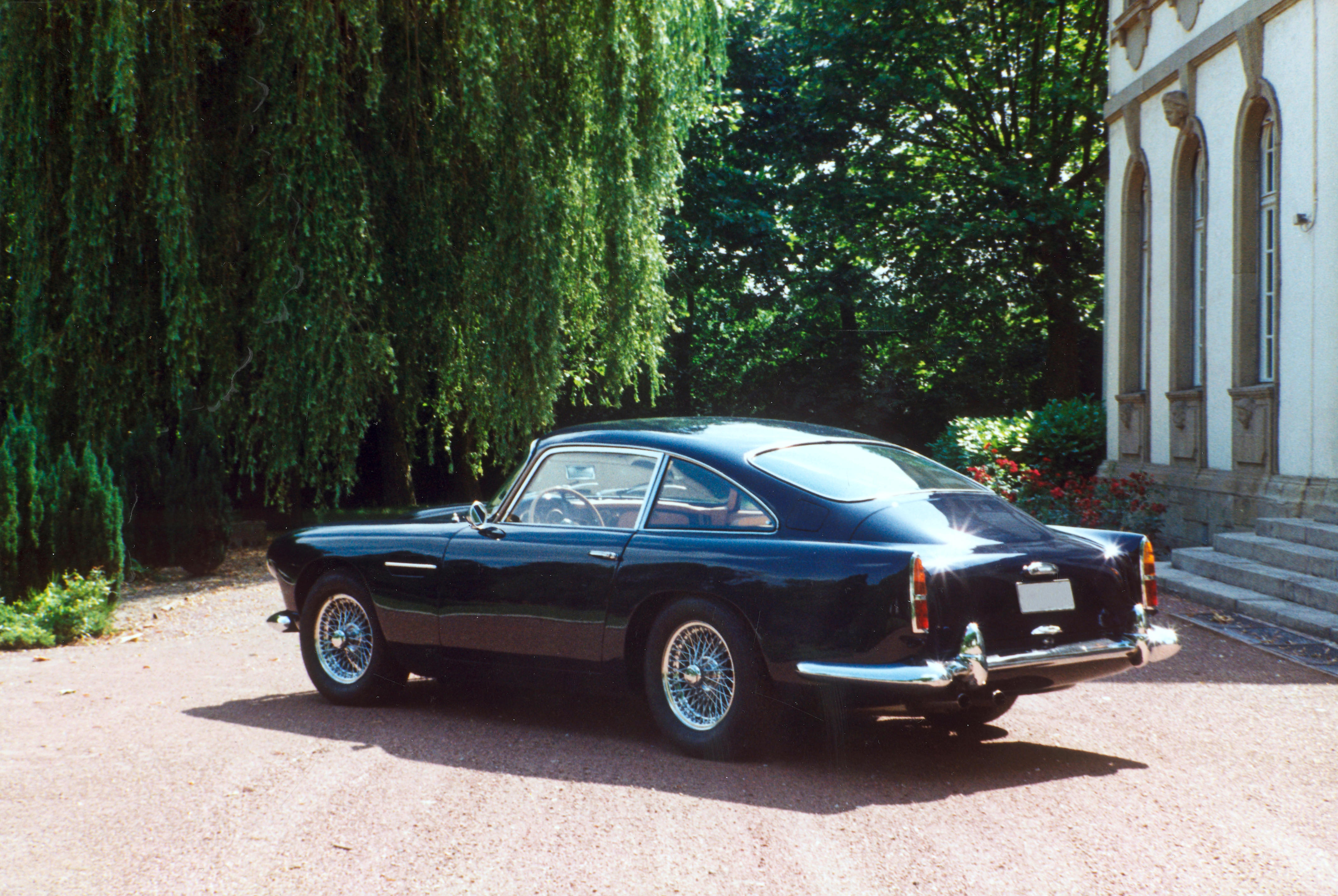
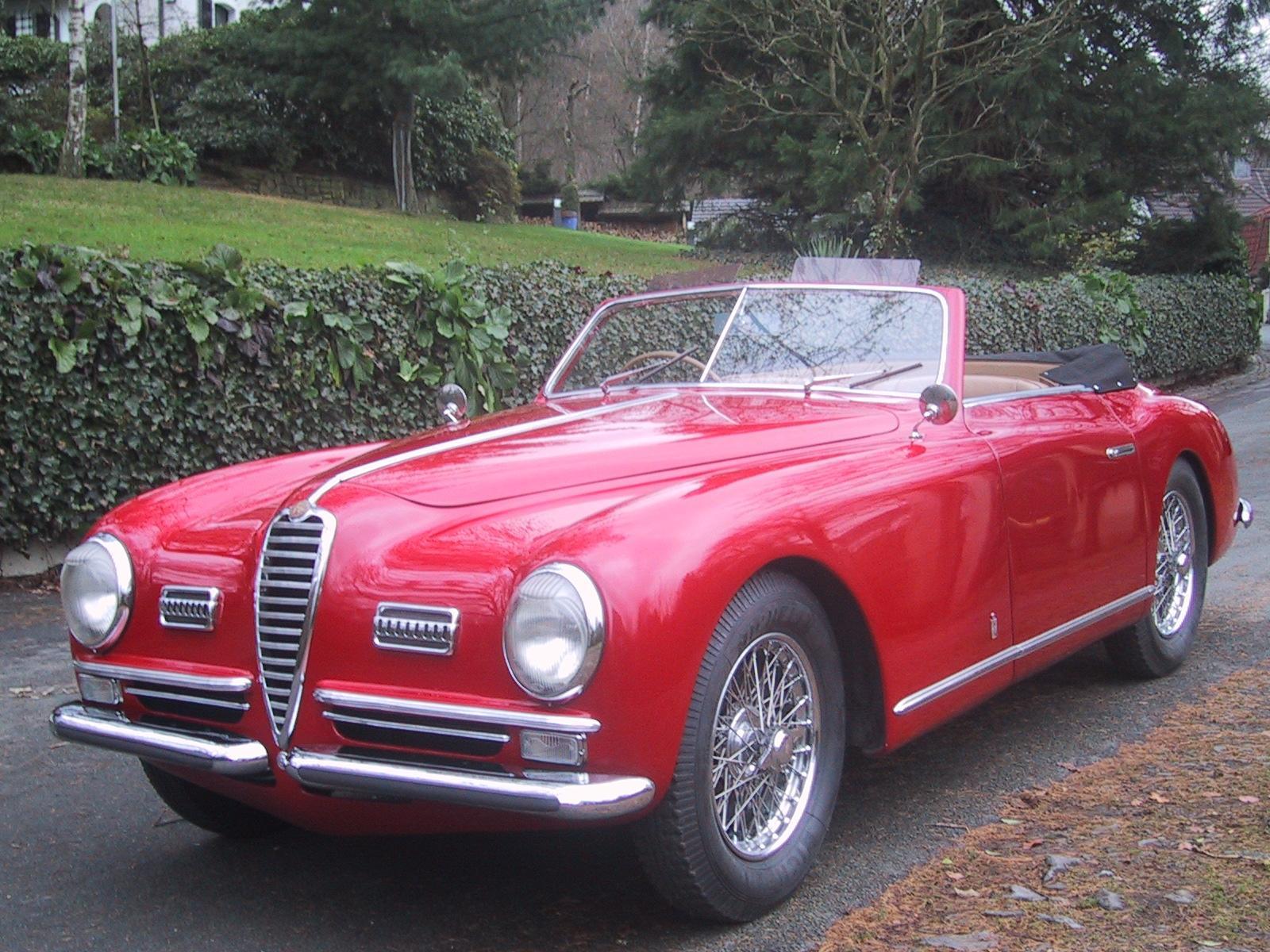
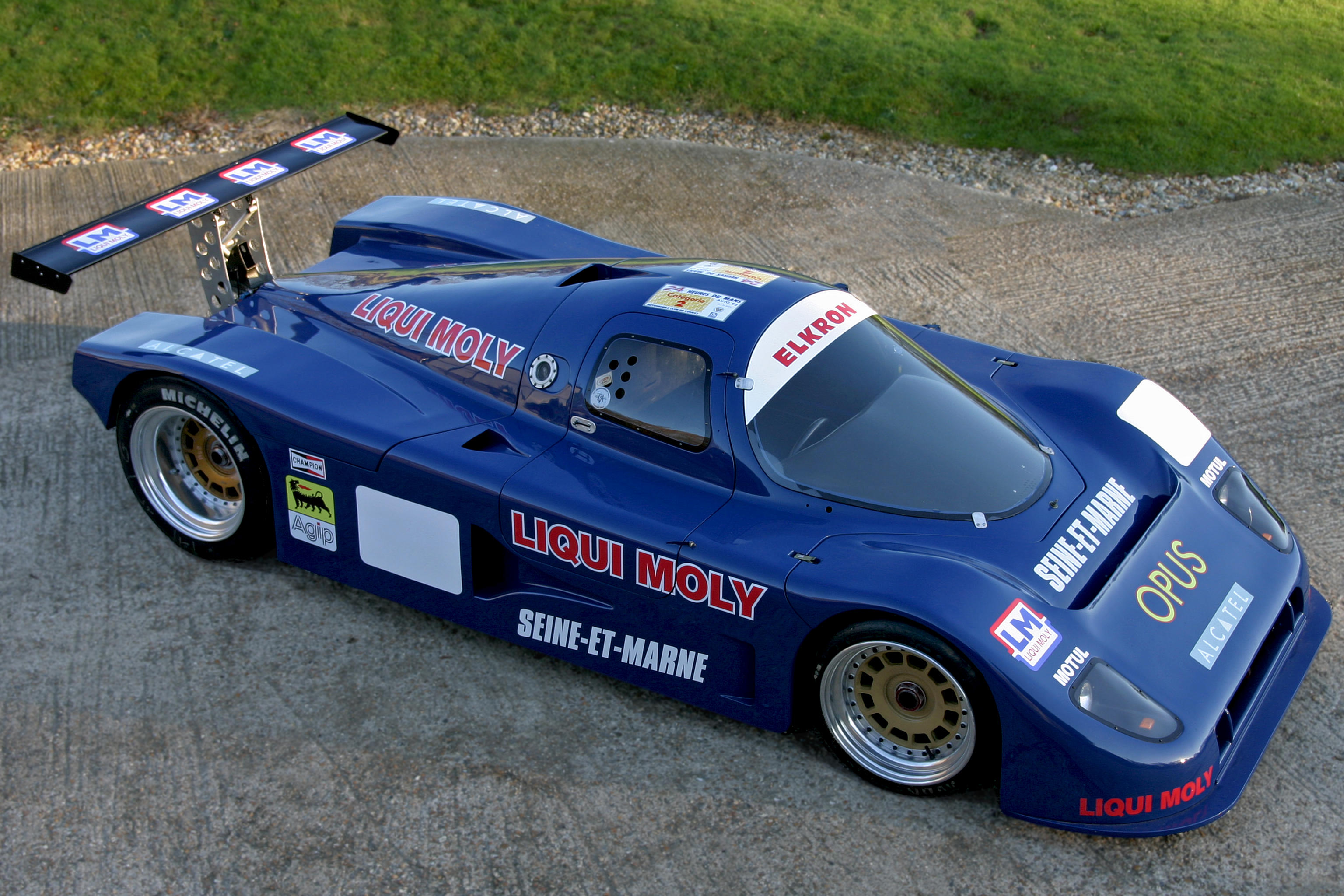
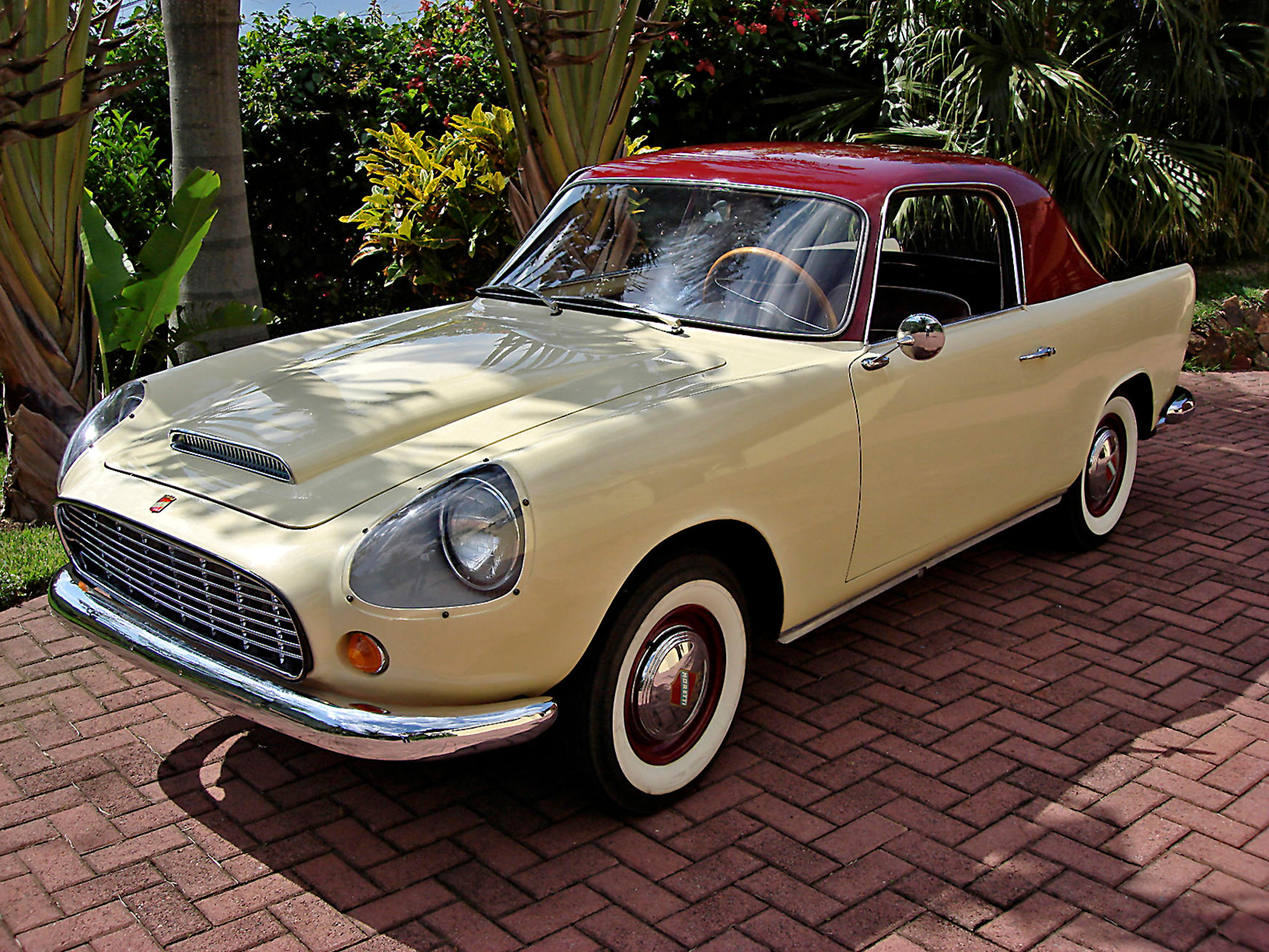

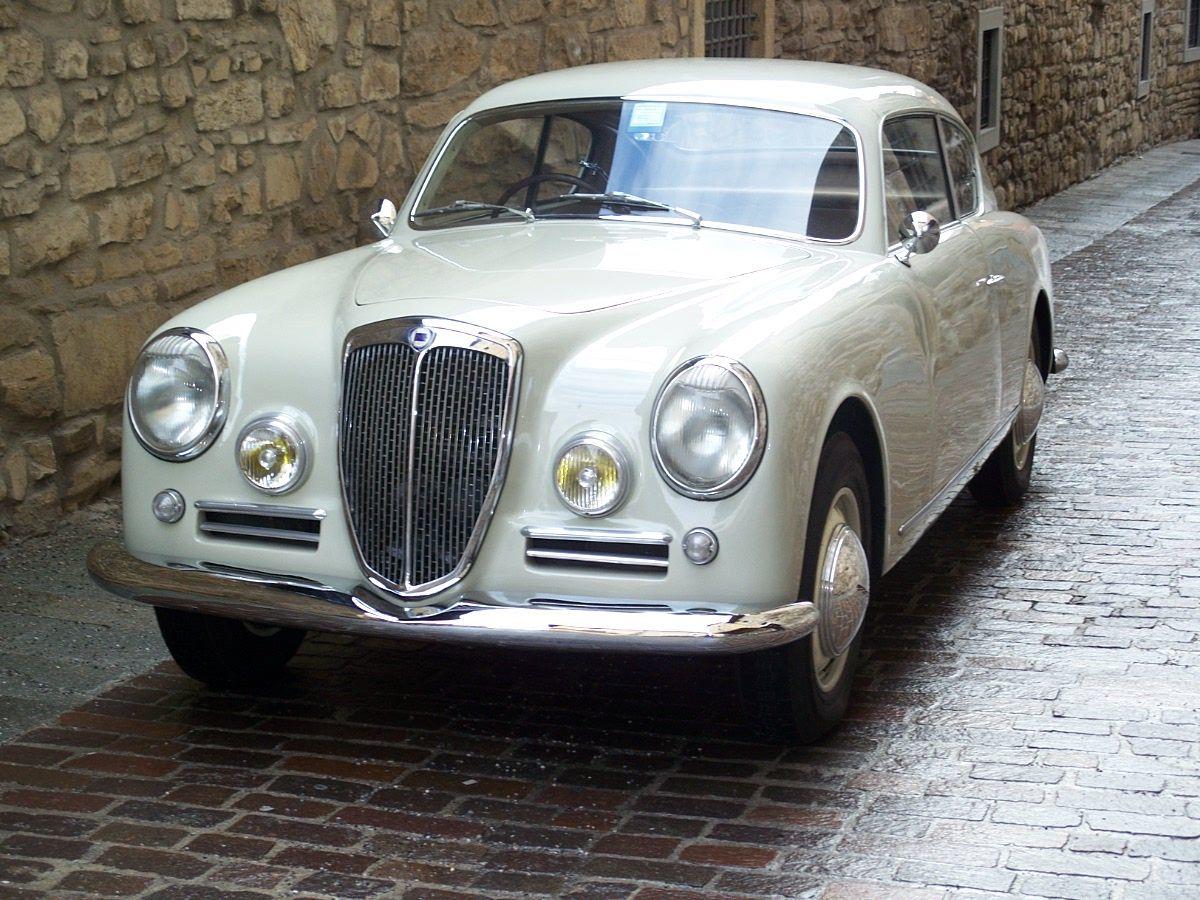
Try LotSearch and its premium features for 7 days - without any costs!
Be notified automatically about new items in upcoming auctions.
Create an alert